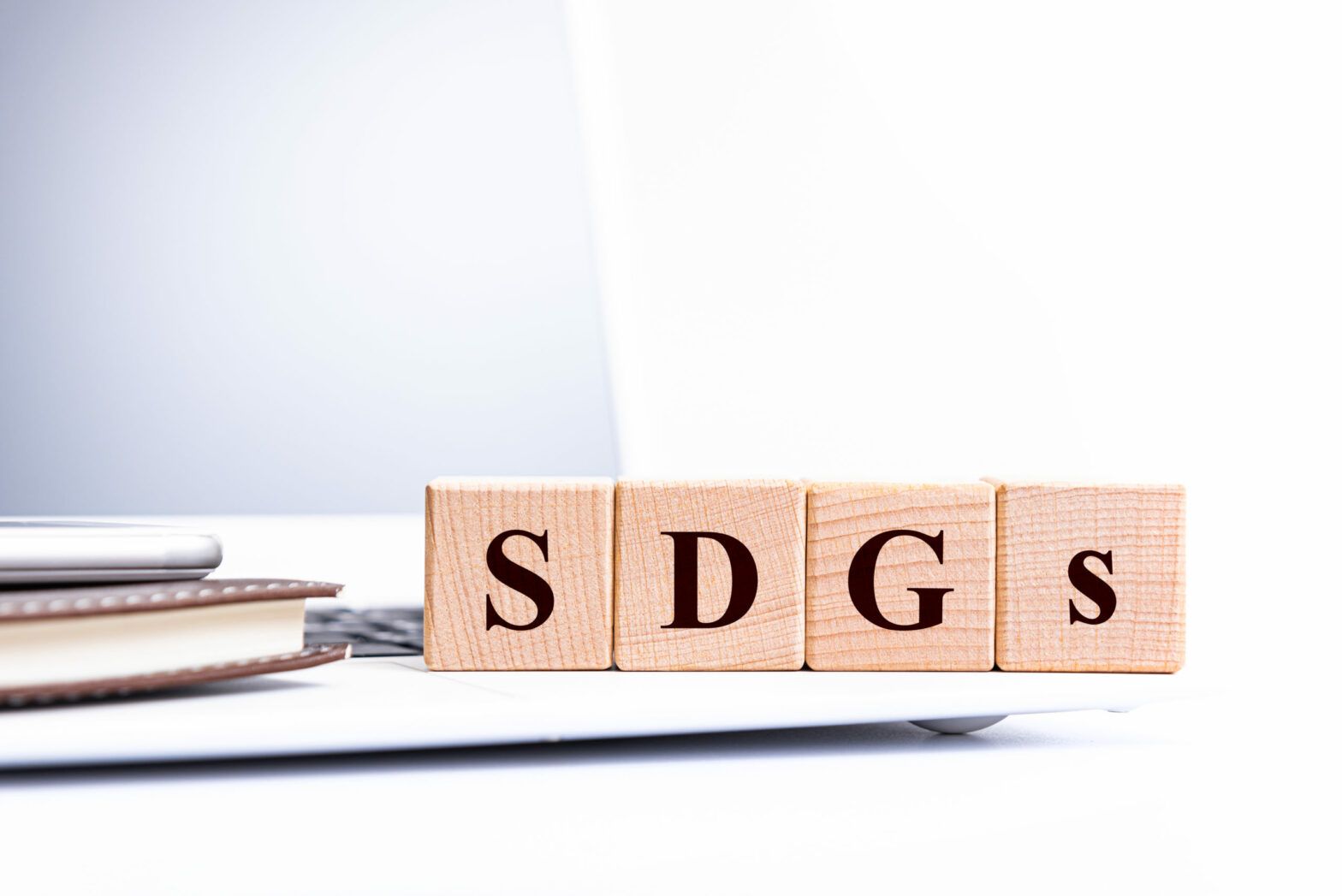A tool created by ISS ESG, the responsible investment arm of Institutional Shareholder Services, revealed that only 3% of European companies analysed delivered a significant positive impact on the UN Sustainable Development Goals.
The firm rated and measured the 6,500 companies’ overall contribution to the SDGs by analysing positive and negative performance across their products, services, operations and controversies, explained Till Jung, managing director, global head of ESG products at ISS.
SDG leaders and laggards
A leader would stand out through “positive contributions to those SDGs on which, given its business model, it can have the greatest potential for positive impact, and at the same time have no negative impacts in the remaining SDGs”.
But while many would expect Tesla to score a positive SDG Impact Rating, the tool, which has been designed to help investors align portfolios to the SDGs, did not evaluate the firm as expected, Jung told ESG Clarity sister publication Expert Investor.
For example, Tesla has a significant positive impact on SDG 7 – affordable and clean energy; and SDG 13 – climate action, as it derives a large percentage of revenue from, for example, solar energy systems, electric vehicles and energy storage solutions, Jung explains.
However, it is also one of the lowest performing companies on SDG 8 – decent work and economic growth.
Tesla underperforms in the management of labour issues in the supply chain, as well as employee health and safety standards and failed to respect union rights in the US, ISS ESG’s analysis showed.
“Tesla’s positive contribution to SDGs 7 and 13 is therefore netted out by its significant negative impact on SDG 8,” explained Jung.
Among the strongest overall performers rated with the tool is a French real estate company, Klépierre – which contributes to SDG 11 – sustainable cities and communities.
Approximately 99% of the firm’s standing assets by value have been certified with the green building standard BREEAM and the firm also manages potential negative externalities across the remaining SDGs, said Jung.
SDGs as investing tool
The importance of SDG investing is rising, according to Rachel Bass, senior manager, research at non-profit organisation Global Impact Investing Network (Giin).
“We are seeing more and more impact investors aligning their portfolios with the SDGs, with nearly three-quarters of respondents to the Giin’s 2020 State of Impact Measurement and Management Practice survey using the SDGs to guide their impact measurement and management practices, and over half setting their impact targets to the SDGs,” she told Expert Investor.
The application of the SDGs in investments, however, is an evolving process.
Bass explained that the development goals “provide a useful framework for understanding impact in a broader global context, but they were originally drafted with governments as the intended audience, not investors”.
Piet Klop, senior advisor responsible investment at Dutch asset manager PGGM, adds: “We consider the SDGs as a useful lingua franca; they help to align our investments with overall goals, and help our communications with peers and pension fund participants.
“Most importantly, they support our thinking about real world outcomes of our investments and engagements.”
Data challenges
One of the challenges, Bass said, is to create useful ratings, which demands that impact is measured and sufficiently standardised to be comparable and specific enough (eg sector-specific) to be meaningful.
She highlighted the importance of advancing the availability and rigour of aggregate and comparable impact performance data, which the Giin is currently working on.
Jung explained that ISS ESG uses publicly available information, such as from news, NGOs, public authorities and verifies this data by sharing it with companies to include their feedback in the overall assessment.
Investor preference
Given the limited amount of companies that, today, have a highly positive impact and no negative impact; investors have to make choices, Jung explained.
A strong SDG strategy results in a limited investment universe and less diversification.
“If you want to do a water fund – for example, let’s say an SDG 6 fund or product – do you in that case only care about a strong positive impact on water or do you also want to avoid any negative impact on other SDGs?”
A wider view and less impactful strategy – ie investing aligned with the SDGs and in companies with a limited positive impact – would, however, generate a solid investment universe, Jung says.
Until more companies have a highly positive impact on the SDGs, investors will be forced to make these sorts of choices.
This article first appeared on Expert Investor, a sister publication of ESG Clarity.








